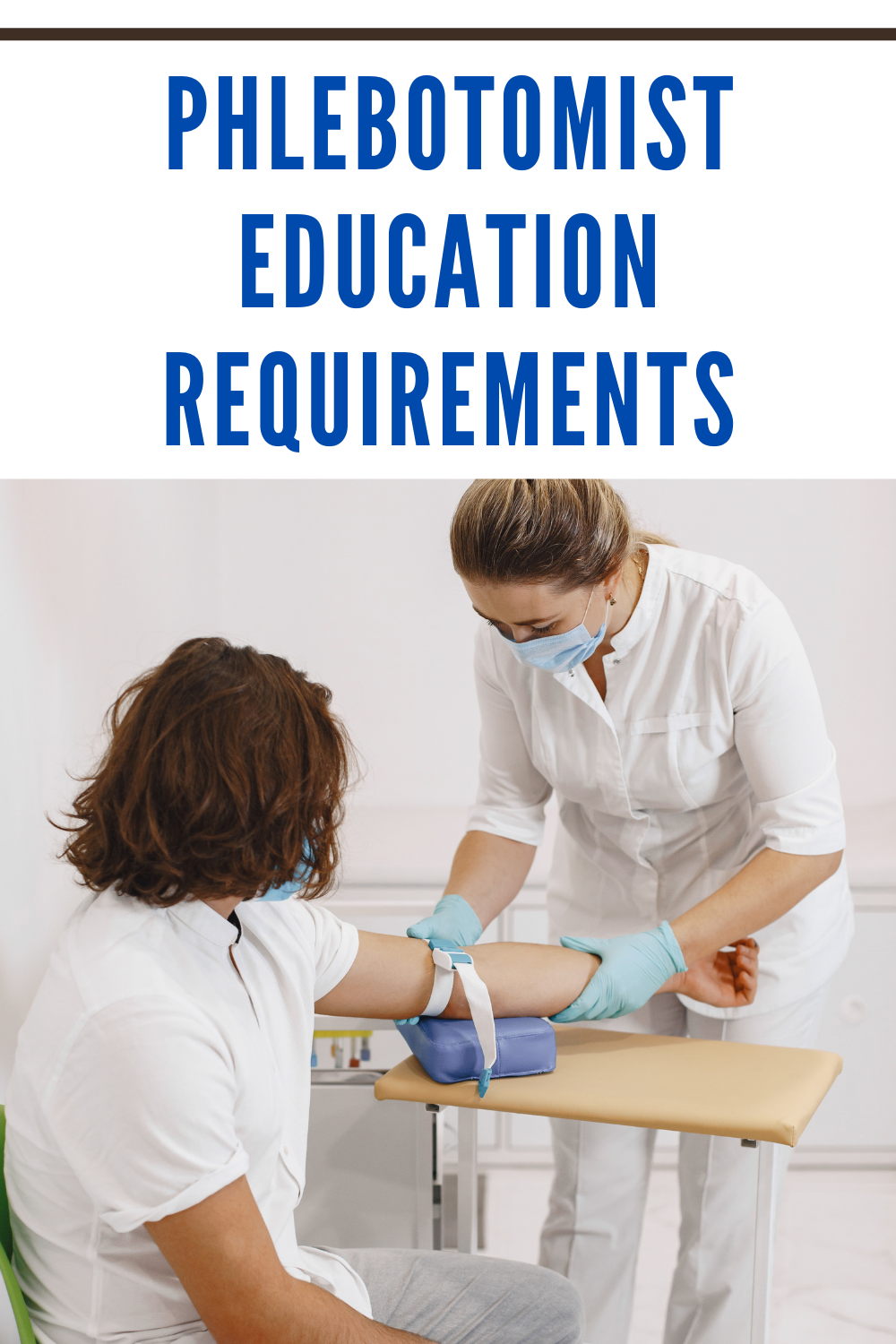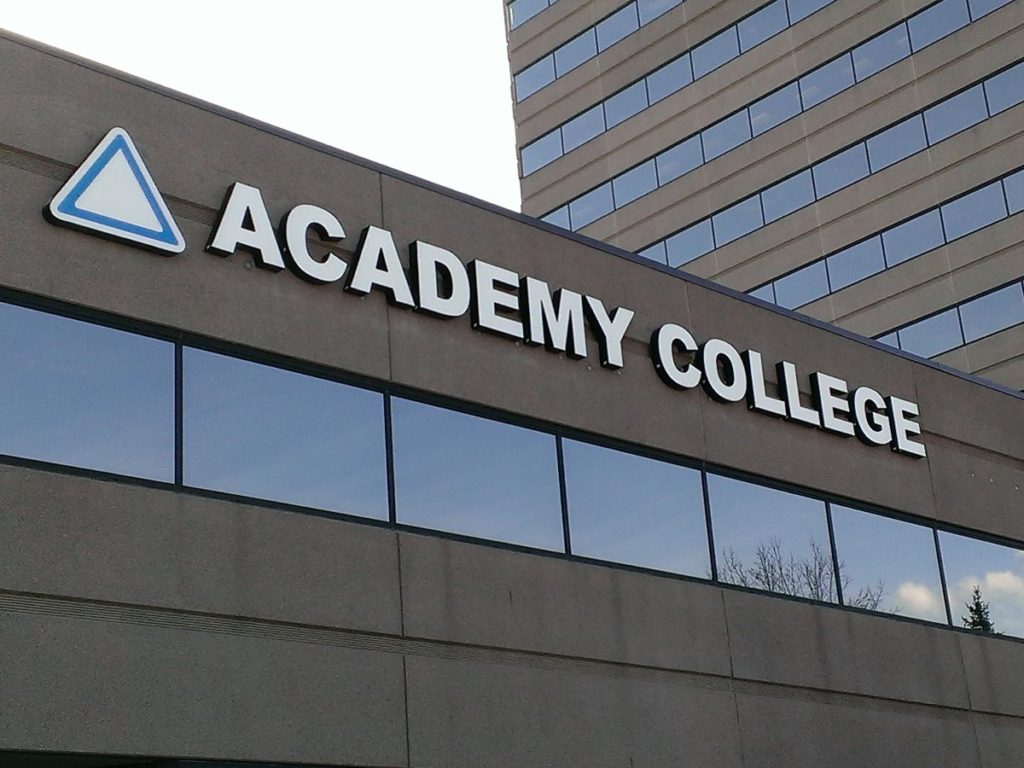While the phlebotomist student will learn how to effectively and painlessly draw blood during their hands-on training, they will also learn many other valuable skills related to patient care. The most important part of the training process will include bedside manners, as the ability to show the patients empathy will be the most helpful skill. When a patient is nervous or anxious, it can interfere with the ability to draw blood, causing the procedure to be more painful, and more time-consuming.
When the phlebotomist uses the appropriate bedside manners, the patient will relax making the procedure of drawing blood much easier and less painful.
Phlebotomy students will take courses in medical terminology, a requirement used to understand the medical terminology used by other health care professionals involved in that specific patient’s care. The phlebotomist will be required to record any pertinent information related to a specific patient in records, showing what lab work was done and when.
Anatomy and Physiology is a required course for phlebotomists, as the phlebotomist will need to understand issues related to different parts of the body such as:
- Cardiovascular Anatomy – related to the heart
- Nervous System Anatomy – related to the brain, spinal cord, and nerve cells
- Musculoskeletal Anatomy – related to the bones and muscles, tendons, ligaments, nerves and cartilage.
- Circulatory Anatomy – related to the blood vessels and muscles that control blood flow around the body. Improper blood flow can affect the phlebotomist’s ability to draw blood from certain veins.
The need for course studies is evident as new phlebotomist students will be entering their medical profession with the necessary tools at their disposal. The learning process doesn’t end after obtaining a certificate, as continuing education is a requirement in any health care setting. Each year the techniques and skills can change with updated technology.
Once the phlebotomist has obtained their certification the need to add knowledge will always be a part of their profession. Phlebotomists (CEU) are also known as continued educational units for phlebotomists. The CEU’s can be obtained in several small classes that are geared toward further educating phlebotomists in skills that pertain to their work environment.
When the phlebotomist finishes all of the course study involved and has obtained a passing grade, they will then be awarded CEU’s that will count toward their annual minimum amount. It is of vital importance to reach for as many CEU’s as possible during the course of a year as this is a requirement toward renewing the phlebotomist license.
Training in order to treat patients is a serious decision in any healthcare field. The phlebotomist training is one that will continue long after obtaining certification, as each day will bring the phlebotomist many new challenges. Learning how to work through challenges the phlebotomist can face is part of the phlebotomist career such as having to stick a small child; having to draw blood from an elderly person with weak veins; inability to locate a vein in a cancer patient. With education and training the phlebotomy student will have the skills to cope with challenges that may come with their career.





